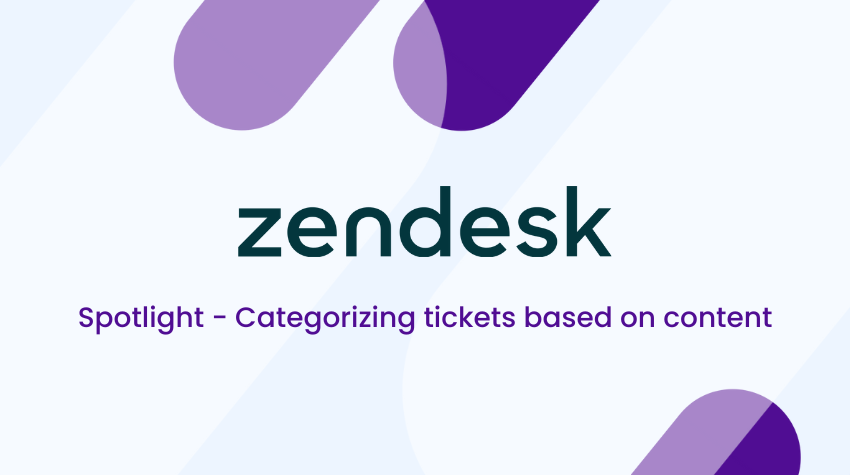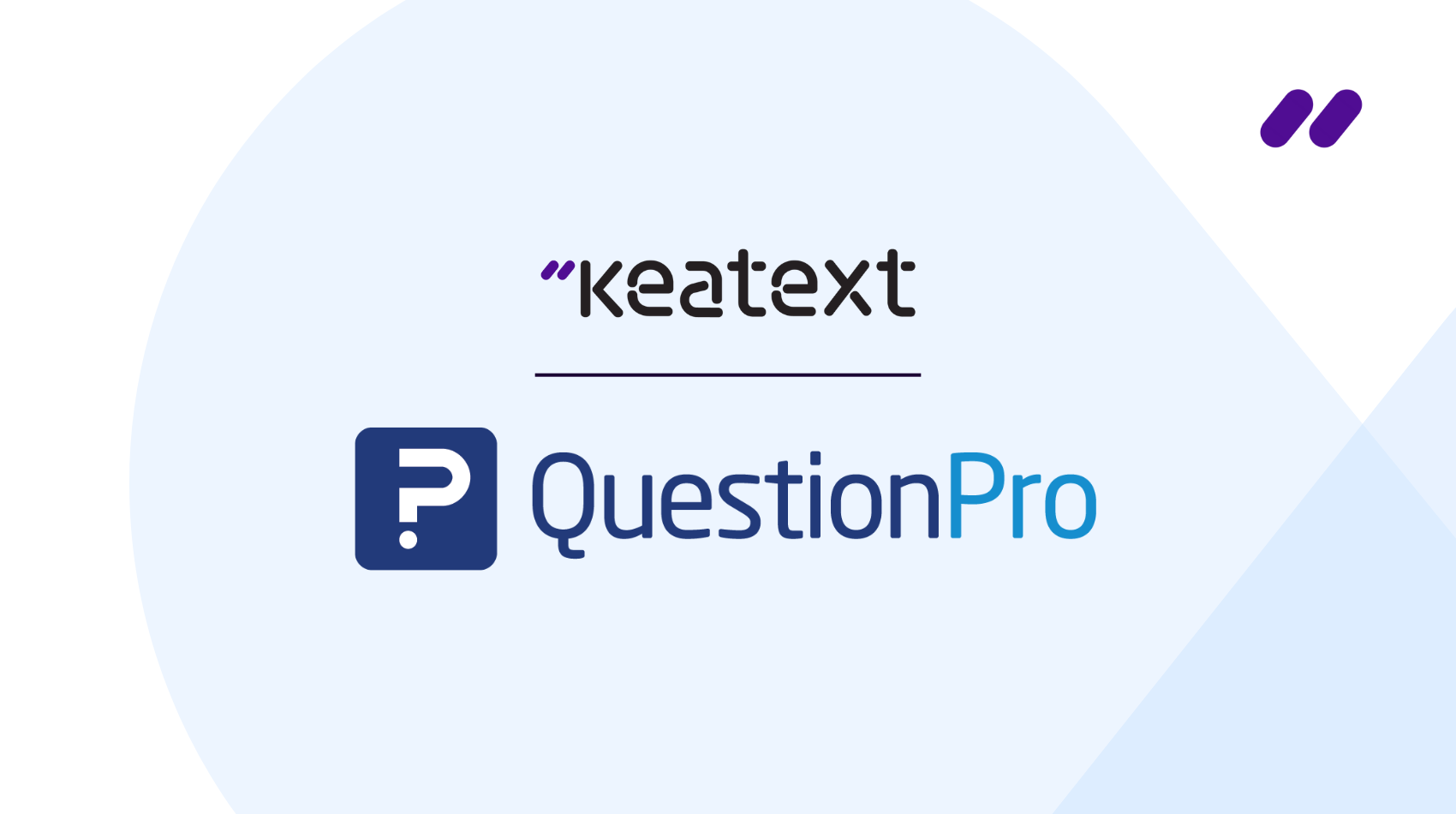Every conversation that a customer has with a company, from casual in-store queries to online chats, is packed with information about what that customer wants, how they think, how they feel about the brand, and more—all in their own unfiltered words. With the unprecedented rise of online shopping during the Covid-19 pandemic, the related increase in this natural conversational data is every brands’ dream.
As business-to-customer interaction gets increasingly conversational, the value of customer engagement through conversation will only go up, predicts Subrah Iyar, CEO and cofounder of Moxtra and former CEO, chairman and cofounder of WebEx in a recent Forbes article on 2021 CX trends: “Regardless of a shift back towards pre-pandemic life, the convenience and flexibility of a digital customer experience is here to stay. Businesses need to adopt digital solutions to keep customers satisfied and continue growing their businesses.”
Insights-oriented AI data analysis stands out as a digital solution that has the potential to paint a vivid picture of a company’s customers, along with what they think about a brand, its products, its services and its image in their eyes. For CX strategists, sales and customer service professionals and even product creators, the most effective way to understand consumers and meet their needs is to take a deep dive into a goldmine of customer data.
Through AI data analysis, brands can gain critical insights into customer behaviour. Today, one of the fastest growing and least tapped data sources are the millions of digital conversations happening between customers and brands.
Pandemic ecommerce boosts consumer data
The COVID-19 pandemic has acted like jet fuel on the transformation of online shopping and services, accelerating the shift to e-commerce by five years: ecommerce accounted for 16.1% of total retail sales in Q2, up from 11.8% in the first quarter of 2020. Unlike the previous steady increase of online sales with certain demographics, namely millennials and Gen Z, the pandemic accelerated this trend to all age and income groups. In 2020, 75 percent of consumers tried a new shopping behaviour and intend to continue that behaviour in the longer term, whether that’s a new shopping method, onmichannel fulfilment options like click-and-collect, or even a complete brand switch. Through AI data analysis, brands can gain critical insights into customer behaviour.
Today, one of the fastest growing and least tapped data sources are the millions of digital conversations happening between customers and brands.
With customer expectations already high in terms of overall brand experience, the emerging paradigm of omnichannel and online shopping has come with even more specific customer expectations, tied to everything from website chat experiences to product satisfaction to shipping times. Essential to every touchpoint in this evolving customer journey are two major gamechangers: customer experience and data.
Not only has the number of conversations between customers and businesses increased, but so has the speed of conversation and the proliferation of consumer-oriented data. Multiple platforms for online live chat and website-integrated instant messaging now feature AI-powered virtual assistants that use data to quickly address common customer issues (”Where’s my order?” ranks high) and redirect more complicated questions to human customer service agents.
“Last year, people and businesses around the world exchanged over 10 billion messages each month—on Facebook Messenger alone,” Warren Levitan, co-Founder & CEO of omnichannel conversation platform Smooch, writes on TNW. With so much data-rich interaction happening between customers and brands, CX holds the key to achieving the elusive “360 degree view of the customer,” adds Levitan, pointing out that among the numerous data points that brands are using to understand their customers “there are none as useful, as seemingly obvious, and as untapped as what a customer is actually saying.”
Among the several metrics used by CX professionals to understand customer behaviour, the insights from AI-powered data analysis have emerged as a major competitive advantage. In our current climate, engaging with customers means listening to what they have to say and acting on it: new AI platforms are the strongest tool for uncovering the valuable insights within customers’ own words.
Follow the conversation: every AI chatbot has a story
As brand-customer relationships and sales move further into online and omnichannel customer journeys, the roles of customer experience, customer care and customer service all intertwine and increase in value. Meanwhile, with more channels and devices at play both online and in-person, the customer journey is looking more non-linear, complex and holistic. And customers want to talk every step of the way.
The conversations that happen at all touchpoints can influence everything from sales and loyalty to consumer feedback such as product reviews. Even a conversation with a virtual assistant provides information about how a customer feels about a brand’s products or services, their experience with the brand, and about the brand itself.
Conversational AI platform Heyday, for example, lets people communicate with brands’ websites, apps and devices simply by writing or talking as they naturally would. Customers can query a brand over messaging, email or SMS on their phone using AI-powered virtual assistants. Wherever they are in the customer journey, they’ll be served what they want or need based on past experiences, comparative audiences or the mining of deep data.
With solid AI programming, a chatbot or virtual assistant acts as “a bridge between ecommerce technology and the customer’s voice,” explains Brad Wing, VP Strategy and Partnerships at Heyday. The resulting conversational data from those interactions lets companies add reliable, up-to-date insights to their metrics on channel performance, marketing and CX strategies. The pandemic’s “new normal” means that companies’ digital strategies should be as jet-fueled as consumers’ transition to online engagement: companies need to integrate AI tools into their CX to rapidly adapt to trends and grow.
By logging and analyzing this massive amount of data—thousands upon thousands of conversations—systematically and at scale, companies can boost their business intelligence through a measurable understanding of customer behaviour and engagement.
By logging and analyzing this massive amount of data—thousands upon thousands of conversations—systematically and at scale, companies can boost their business intelligence through a measurable understanding of customer behaviour and engagement. These conversations are rich in qualitative data, providing the necessary context and nuances that companies need to personalize customer experience and engage in meaningful relationships.
AI analysis reveals insights in conversational data and chatbot analysis
Whether applied to the data from online chats or customer reviews, AI-powered text analytics tools like Keatext help sales agents, customer service and customer care engage with customers in conversation as quickly and effectively as possible. Creating natural conversation between customers and brands at every touchpoint is one of CX’s biggest challenges. Turning customer conversations into meaningful insights is another.
New AI technologies have made that job much faster, easier and more accurate by transforming qualitative, conversational data into genuinely actionable insights about consumer behaviour. Those insights can be used by CX teams to adapt to the “next normal” by understanding customers better and creating personalized experiences throughout the customer journey.
At the same time, because AI works so well at isolating data clusters for teams to analyze and take action on, insights can arise to suit every department in an organization, from marketing and sales to product development. As the amount of consumer data continues to increase as online engagement rises, conversational data, chatbot analysis, and AI is set to play a vital role across sectors and business applications post-pandemic—companies need to be ready to leverage that data today.





